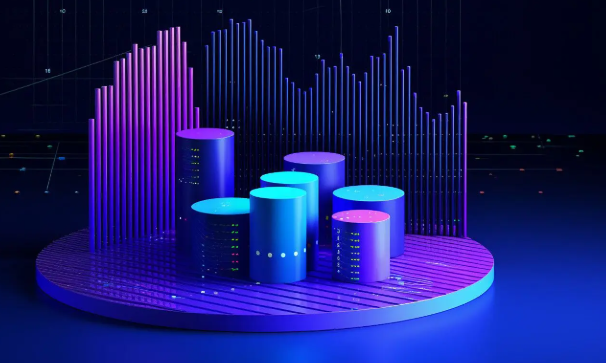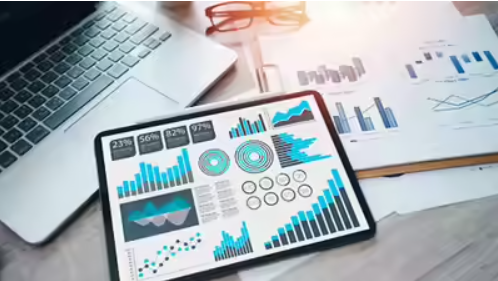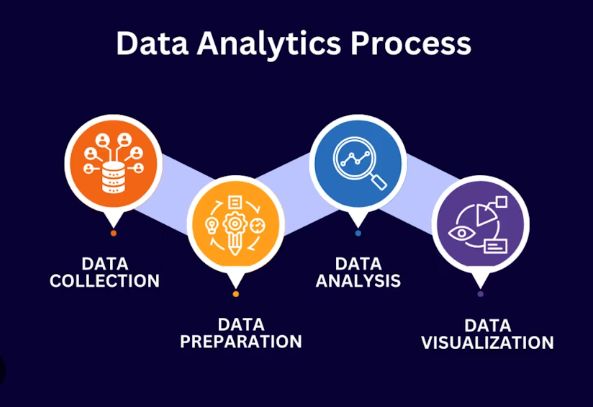
Data Analysis Programming Course in Visakhapatnam | Of course. Here is a full, detailed explanation of a Data Analysis Programming Course, focusing specifically on the programming and computational skills required for a career in data analysis.
What is a Data Analysis Programming Course?
A Data Analysis Programming course is a specialized training program that teaches the coding skills and computational thinking required to manipulate, analyze, and visualize data programmatically. Best Data Analysis Programming Course in Visakhapatnam |Unlike general data analysis courses that might focus on tools like Excel, this type of course uses programming languages like Python and R as the primary instruments for handling data at scale and automating complex analytical tasks.
Who is this Course For?
- Aspiring Data Analysts & Data Scientists: Who need programming as a core skill.
- Researchers & Academics: In fields like social science, biology, or economics, who need to analyze large datasets.
- Software Developers: Transitioning into data-intensive roles.
- Business & Financial Analysts: Looking to automate reports and perform more sophisticated analyses than spreadsheets allow.
- Students & Career Changers: With an analytical mindset and some comfort with logic, looking to enter a tech field.
Core Components & Syllabus (Full Details)
This course is intensely practical, centered on writing code to solve data problems. Data Analysis Programming Course in Visakhapatnam | The curriculum is typically built around a primary programming language, with Python being the most common choice due to its simplicity and powerful ecosystem.
Part 1: Programming Fundamentals for Data Analysis
- Introduction to Python (or R): Setting up the environment (Jupyter Notebook, VS Code).
- Basic Syntax & Structures: Variables, data types (integers, floats, strings, booleans), and basic operations.
- Data Structures for Data Analysis:
- Lists, Tuples, and Dictionaries: For storing and managing collections of data.
- The Essential Libraries:
- NumPy: The foundation for numerical computation. Mastering NumPy arrays for fast, vectorized operations.
- Pandas: The heart and soul of data analysis in Python.
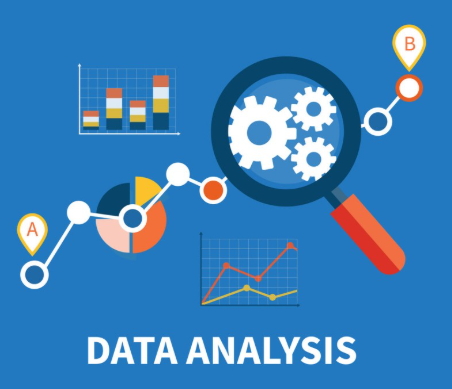
Part 2: Data Wrangling with Pandas (The Core Skill)
This is where you spend most of your time. Real-world data is messy, and Pandas is your toolkit for cleaning it.
- The Pandas DataFrame & Series: Understanding these core data structures.
- Data Ingestion: Loading data from various sources (CSV, Excel, JSON, from a SQL database).
- Data Inspection: Using methods like
.head(),.info(),.describe()to understand your dataset. - Data Cleaning:
- Handling missing values (
isnull(),dropna(),fillna()). - Filtering and selecting data (boolean indexing,
loc[],iloc[]). - Dealing with duplicates.
- Transforming data: changing data types, string manipulation.
- Handling missing values (
- Data Transformation:
- Creating new columns.
- The
groupbyoperation for split-apply-combine analysis. - Merging and joining multiple datasets (similar to SQL JOINs).
- Pivoting and reshaping data.
Part 3: Exploratory Data Analysis (EDA) & Statistics
Using code to uncover patterns, spot anomalies, and test hypotheses.
- Descriptive Statistics with Code: Calculating mean, median, mode, standard deviation, and correlations using Pandas and NumPy.
- Aggregation: Summarizing data by categories using
groupbyandagg(). - Hypothesis Testing (Introduction): Using the
scipy.statslibrary to perform t-tests or chi-squared tests to check for statistical significance.
Part 4: Data Visualization
Creating plots programmatically to communicate findings.
- Matplotlib: The foundational plotting library for creating basic, customizable plots (line charts, bar plots, histograms).
- Seaborn: Data Analysis Programming Course in Visakhapatnam | A higher-level library built on Matplotlib for creating statistically-oriented and more attractive visualizations (e.g., box plots, violin plots, pair plots, heatmaps).
- Principles of Effective Visualization: Creating clear, accurate, and honest plots.
Part 5: Data Acquisition from Databases
No data analyst works only with local files. You need to pull data from company databases.
- SQL for Data Analysts: While not a “programming” language per se, it’s used within the programming workflow.
- Connecting Python to a Database: Using libraries like
sqlalchemyto run SQL queries from within a Python script and load the results directly into a Pandas DataFrame.
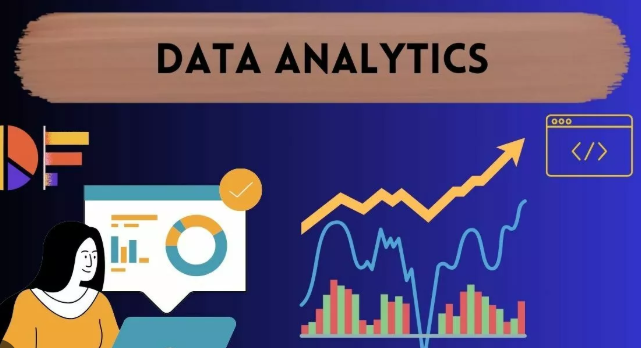
Key Features & Teaching Methodology
- Code-Alongs & Labs: The primary method of learning. You write code alongside the instructor.
- Project-Based Learning: Data Analysis Programming Course in Visakhapatnam | The course culminates in a capstone project where you find a dataset, pose your own questions, and perform a full EDA, resulting in a Jupyter Notebook report or a dashboard.
- “Learn by Doing”: Heavy emphasis on writing code to solve specific data tasks, rather than passive learning.
- Version Control (Git): Introduction to using Git and GitHub to manage code and collaborate, a critical professional skill.
Python vs. R for Data Analysis
- Python: A general-purpose language that is excellent for all-around data analysis, integration with web frameworks, and deployment. It has a gentler learning curve for beginners and is the most requested skill in job postings.
- R: A language designed by statisticians for statistical analysis. It is exceptionally powerful for advanced statistical modeling, hypothesis testing, and creating publication-quality visualizations with ggplot2.
Verdict: A beginner should start with Python due to its versatility and job market demand.
Benefits of a Programming-Focused Data Analysis Course
- Handles Large Datasets: Programmatic analysis can scale to datasets far too large for Excel.
- Reproducibility & Automation: Your analysis is a script that can be re-run, audited, and automated, eliminating manual, error-prone processes.
- Depth of Analysis: Allows for more sophisticated techniques like machine learning (using libraries like Scikit-Learn).
- Industry Standard: This is how modern data analysis is done in tech and forward-thinking companies.
Challenges & Important Considerations
- Steeper Learning Curve: Requires comfort with coding, logic, and debugging errors.
- Initial Focus on Tools, Not Insights: It’s easy to get bogged down in syntax and forget the business problem you’re trying to solve.
- Setup & Environment Management: Dealing with package installations and virtual environments can be a initial hurdle.
What to Look for in a Good Course
- Modern Toolchain: Focus on Python, Pandas, Jupyter, and SQL.
- Ample Coding Exercises: Many small assignments and a few large projects.
- Portfolio-Building Focus: The course should help you create a public GitHub portfolio of your analysis projects.
- Real-World Datasets: Uses messy, realistic data, not just clean, pre-packaged datasets.
- Community & Support: Access to forums or TA support for when you get stuck on code.
Data Analysis is the process of systematically applying statistical and/or logical techniques to describe and illustrate, condense and recap, and evaluate data. Top Data Analysis Programming Course in Visakhapatnam | According to Shamoo and Resnik (2003) various analytic procedures “provide a way of drawing inductive inferences from data and distinguishing the signal (the phenomenon of interest) from the noise (statistical fluctuations) present in the data”.
While data analysis in qualitative research can include statistical procedures, many times analysis becomes an ongoing iterative process where data is continuously collected and analyzed almost simultaneously. Indeed, researchers generally analyze for patterns in observations through the entire data collection phase (Savenye, Robinson, 2004). Best Data Analysis Programming Course in Visakhapatnam | The form of the analysis is determined by the specific qualitative approach taken (field study, ethnography content analysis, oral history, biography, unobtrusive research) and the form of the data (field notes, documents, audiotape, videotape).
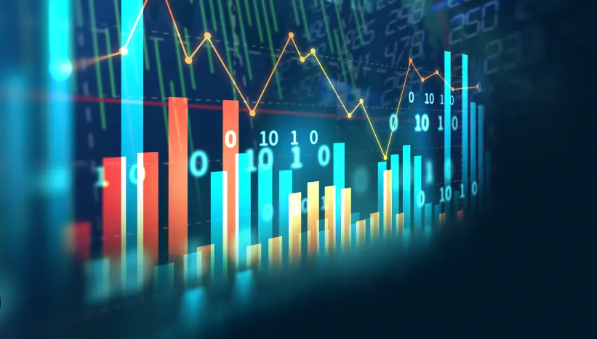
An essential component of ensuring data integrity is the accurate and appropriate analysis of research findings. Improper statistical analyses distort scientific findings, mislead casual readers (Shepard, 2002), and may negatively influence the public perception of research. Integrity issues are just as relevant to analysis of non-statistical data as well.
Considerations/issues in data analysis
There are a number of issues that researchers should be cognizant of with respect to data analysis. These include:
- Having the necessary skills to analyse
- Concurrently selecting data collection methods and appropriate analysis
- Drawing unbiased inference
- Inappropriate subgroup analysis
- Following acceptable norms for disciplines
- Determining statistical significance
- Lack of clearly defined and objective outcome measurements
- Providing honest and accurate analysis
- Manner of presenting data
- Environmental/contextual issues
- Data recording method
- Partitioning ‘text’ when analyzing qualitative data
- Training of staff conducting analyses
- Reliability and Validity
- Extent of analysis
Having necessary skills to analyze
A tacit assumption of investigators is that they have received training sufficient to demonstrate a high standard of research practice. Unintentional ‘scientific misconduct’ is likely the result of poor instruction and follow-up. A number of studies suggest this may be the case more often than believed (Nowak, 1994; Silverman, Manson, 2003). For example, Sica found that adequate training of physicians in medical schools in the proper design, implementation and evaluation of clinical trials is “abysmally small” (Sica, cited in Nowak, 1994). Indeed, a single course in biostatistics is the most that is usually offered (Christopher Williams, cited in Nowak, 1994).
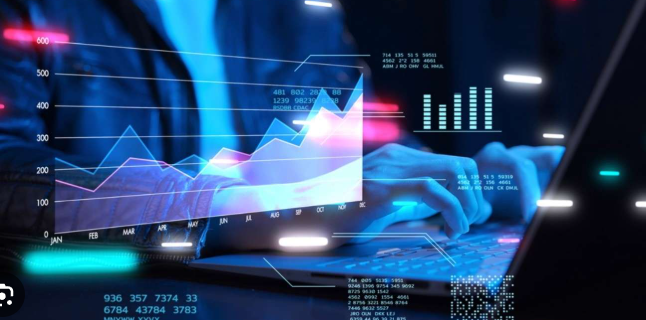
A common practice of investigators is to defer the selection of analytic procedure to a research team ‘statistician’. Best Data Analysis Programming Course in Visakhapatnam | Ideally, investigators should have substantially more than a basic understanding of the rationale for selecting one method of analysis over another. This can allow investigators to better supervise staff who conduct the data analyses process and make informed decisions.
Conclusion
A Data Analysis Programming course is the definitive path to becoming a technically proficient, industry-ready data analyst. It moves you from being a user of software to a creator of analytical processes. By mastering Python, Pandas, and the principles of programmatic analysis, you gain the power to tackle complex data challenges efficiently, reproducibly, and at scale, making you an invaluable asset in any data-driven organization.

